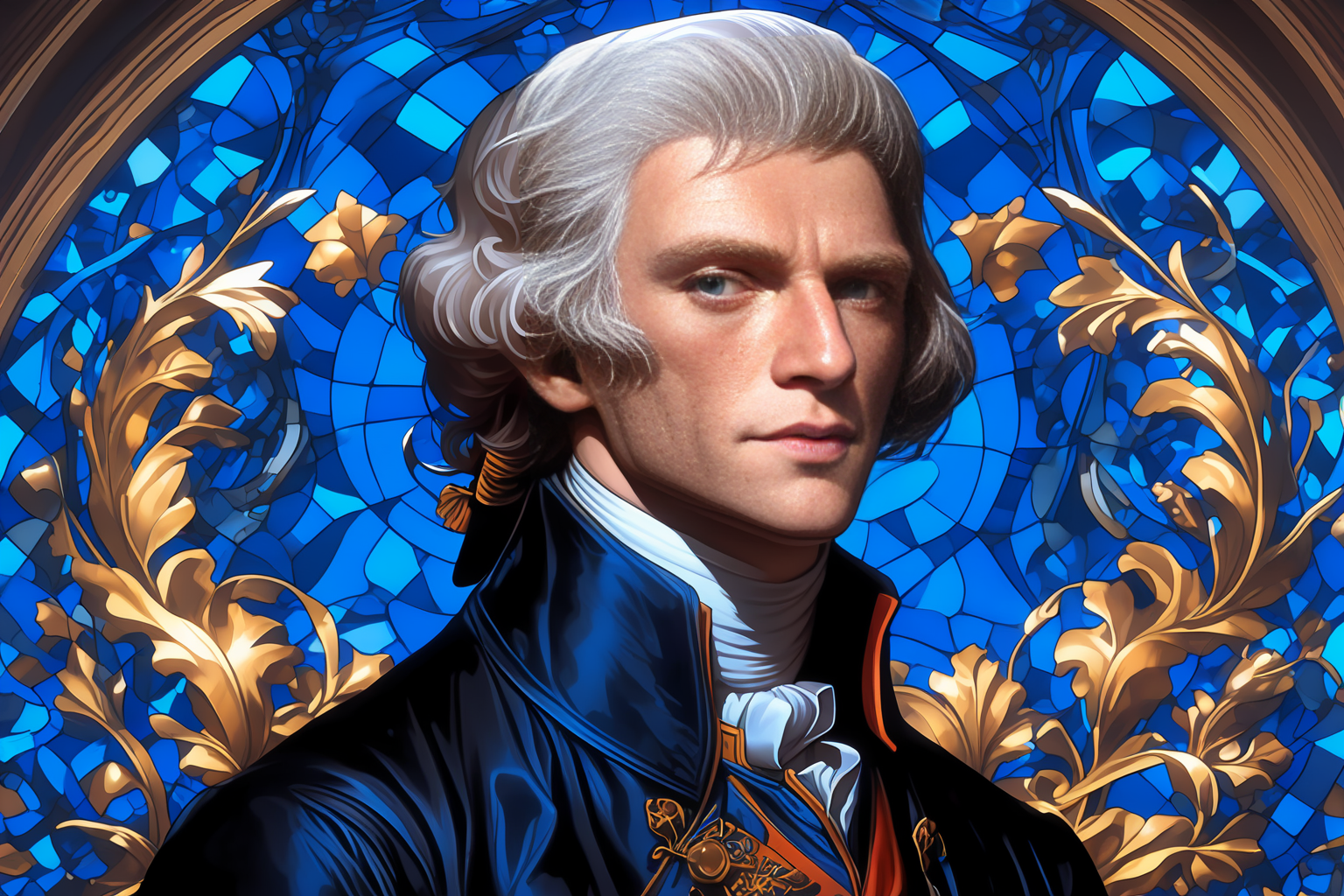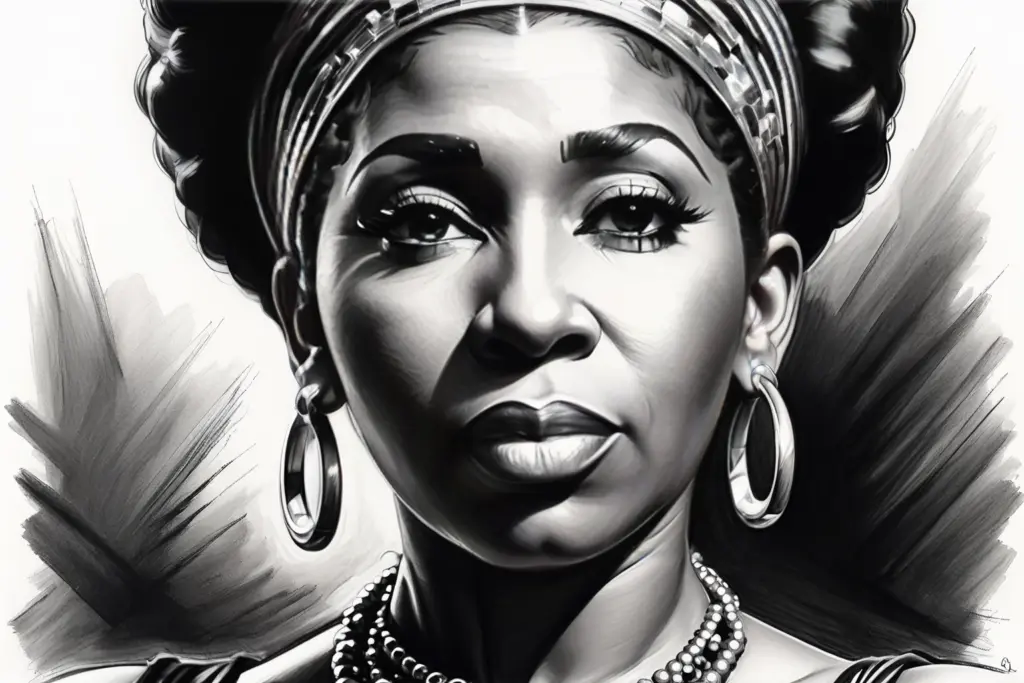
1. Thomas Jefferson (April 13, 1743 – July 4, 1826) was the third President of the United States, serving from 1801 to 1809.
- He is primarily known for authoring the Declaration of Independence in 1776, which outlined the colonies’ grievances against British rule and their vision for a new nation based on self-evident rights.
Jefferson was a polymath with interests ranging from science to architecture. Among his many achievements is founding the University of Virginia, which he conceived as a “public university where all the youth of the Commonwealth might be educated.”
As President, Jefferson oversaw the Louisiana Purchase in 1803, effectively doubling the size of the United States by acquiring approximately 828,000 square miles of land west of the Mississippi River from France for about $15 million.
Jefferson was a strong advocate for religious freedom and separation of church and state. He authored the Virginia Statute for Religious Freedom, which established this principle in his home state and influenced the First Amendment to the U.S. Constitution.
Despite being a significant figure in American history, Jefferson himself was not entirely consistent with his principles. He owned slaves throughout his life (inherited from his father), a fact that contradicts his famous quote, “We hold these truths to be self-evident, that all men are created equal.”
Known for his love of books, Jefferson amassed an impressive personal library of over 6,487 volumes by the time he died, reflecting his broad range of interests from science and philosophy to history and literature.
He was a pioneer of the rotary printing press in America, which helped in the dissemination of information during his time.
Jefferson’s legacy is also marked by his influential architectural designs. The University of Virginia and Monticello, his estate in Charlottesville, Virginia, are renowned examples of neoclassical architecture.
He was the first U.S. President to be inaugurated in Washington D.C., which was then the temporary capital after Philadelphia and before moving to the permanent site on the Potomac River.
PromptJefferson, portrait, Oleg Kulik style, HD, sharp focus, stunningly beautiful, hyper-detailed, Medievalism, inspired by The Middle Ages, medieval art, elaborate patterns and decoration, MedievalismNegative promptverybadimagenegative, bad_prompt_version2-neg, easynegative, FastNegativeV2, ugly, deformed, noisy, blurry, low contrast, extra eyes, bad eyes, ugly eyes, imperfect eyes, deformed pupils, deformed iris, cross-eyed, poorly drawn face, bad face, fused face, ugly face, worst face, unrealistic skin texture, out of frame, poorly drawn hands, cloned face, double face, blurry, bad quality
Text model: granite3.2
Image model: SDXLNijiSeven

The Neural Navigator is a creative mind behind the lens of AI-generated images.
The Neural Navigator is always pushing the limits of what’s possible in this exciting new frontier of digital creativity. Whether it’s surreal landscapes, abstract patterns, or striking portraits, each image is a testament to the endless potential of AI-driven art.
Follow The Neural Navigator for a daily dose of innovative and visually stunning AI-generated imagery.


